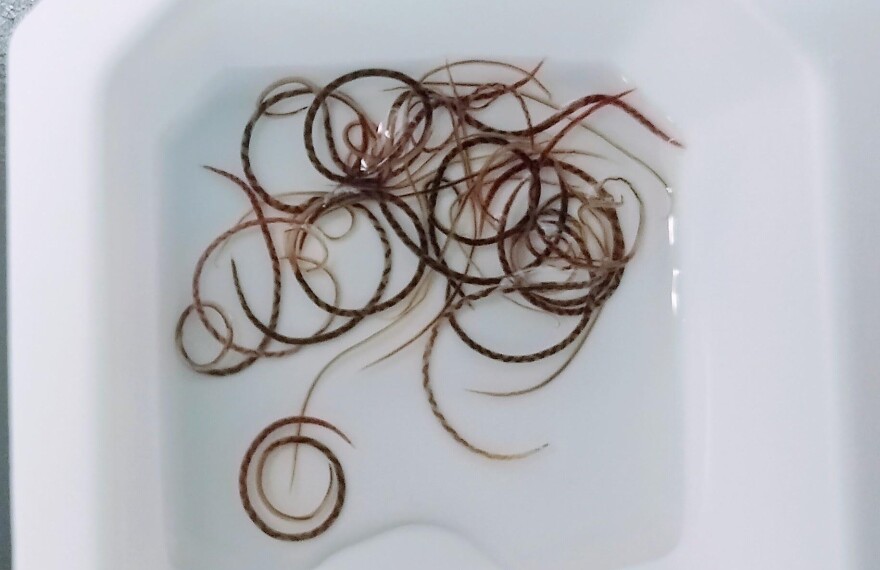Rat lungworm and COVID-19 share something in common — they can both be detected with a polymerase chain reaction, or PCR, test.
The disease, which is a parasitic worm found commonly in rodents, thrives in warm and humid climates. The infection can travel to the brain and spinal cord when it enters the human body.
It also causes areas of the human brain and spinal cord to swell and even disable neurotic symptoms — causing paralysis or in some cases, death.
Once approved for general use, patients will be able to use a finger prick to draw blood, which will then be used to detect the disease.
Officials say the test is most effective when patients take a PCR test within the first two weeks of contracting the parasite.
"It's key that the diagnosis takes place early, because there are drugs that can be used that actually kill worms," said snail biologist Robert Cowie. "But they only really seem to be effective in the very, very early stages of infection. So it's very important to get an early diagnosis."
Cowie said the best way to avoid rat lungworm disease is by thoroughly washing your produce and cooking it for extra measure.
"The prevalence of human infection depends especially on eating habits, so as it spreads around the globe, people need to be made aware of how to avoid it, as best as possible," said Cowie.
There have been five reported cases in Hawaiʻi during the past two years.
For more information on rat lungworm disease, click here.




